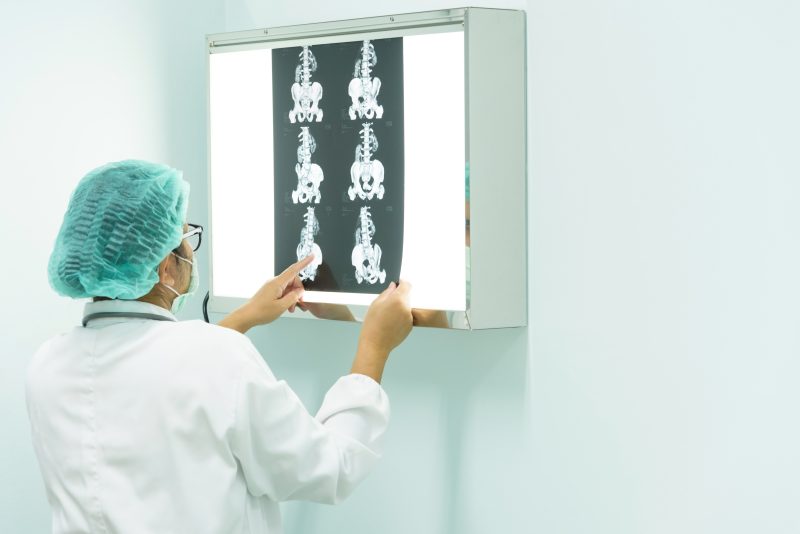PUBLISHED: 20th September 2013

by Tracy Sher, MPT, CSCS
- Postoperative adhesions, also known as scar tissue, occur in a large percentage of patients who have hysterectomy, oophorectomy, or other types of major gynecologic surgery. Pelvic health rehabilitation is a conservative approach to restoring normal function and improving quality of life after gynecological surgery to help:
- relieve scar tissue
- improve painful intercourse and vaginal dryness
- decrease urinary or fecal leakage
- address urinary urge or frequency issues
- provide proper exercises for core muscles
Pelvic health physical therapists combine manual therapy techniques, state-of-the-art technology, and extensive patient education. We use specialized hands-on skills that are more extensive than massage alone to treat joints, bones, muscles, tendons, and ligaments that affect the pelvic and abdominal regions and spine. Customized treatments may include pelvic floor biofeedback with sensors to help strengthen the muscles or teach them how to relax. Ultrasound reduces inflammation, improves local blood flow, and decreases scar tissue. Electrical stimulation of the lower back, buttocks, legs, or abdomen may be used to "trick" the nerves and decrease pain perception. Treatments are usually not painful. Pelvic rehabilitation specialists also provide individualized exercise programs that help core muscles rather than cause more strain. Therapists also provide education for the patient's support system. A patient may bring her husband to learn about how she will use vaginal dilators to help restore pain-free intercourse, or bring a family member or caregiver to learn how to help with scar tissue massage.
POSTED IN: Risk Management , Quality Of Life
TAGS: Oophorectomy , Surgical Risk , Pelvic Health , Hysterectomy